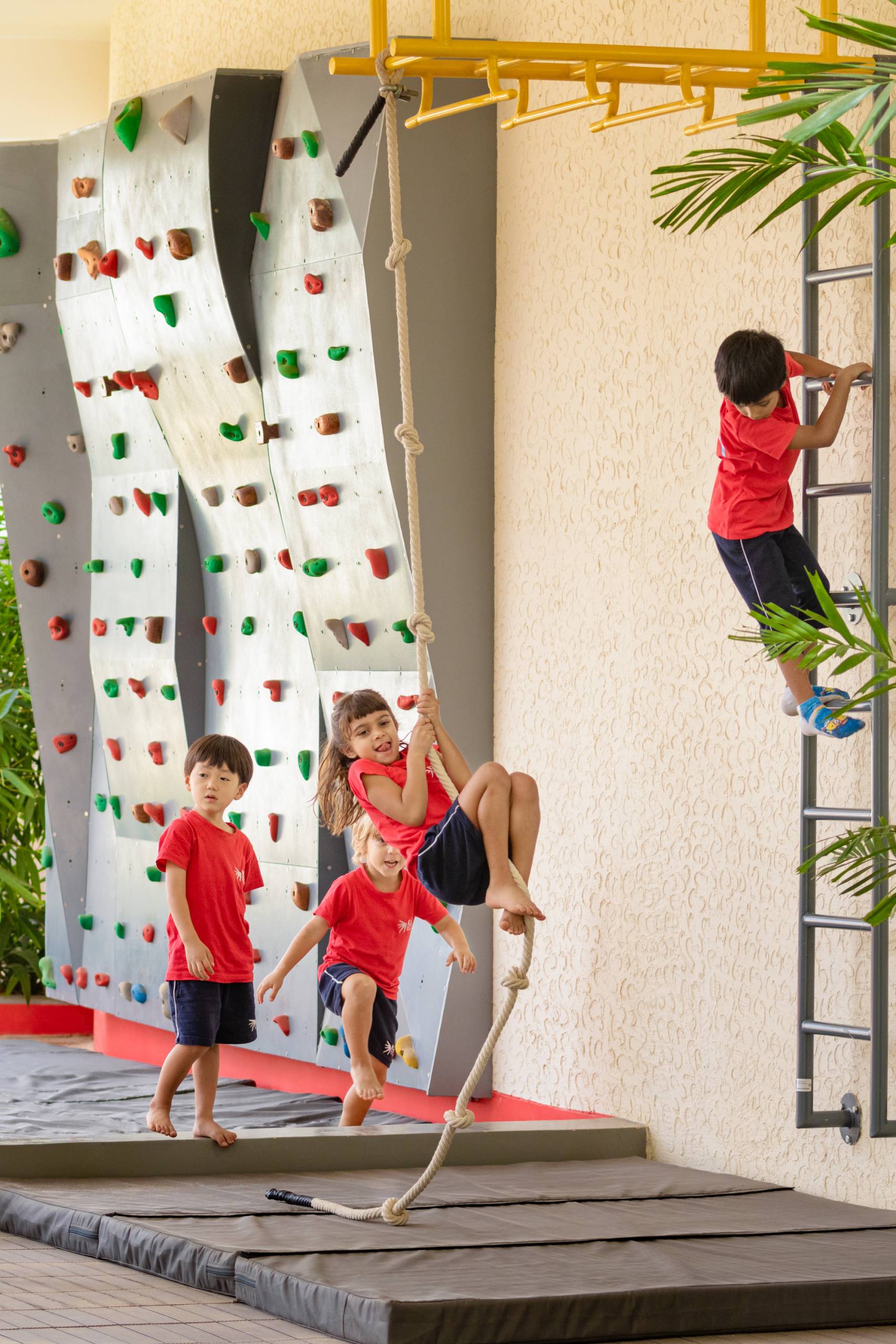The Prepared Environment
A prepared environment can be thought of one that would facilitate a child to maximise learning and exploring as independently as possible. The environment can be made conducive for a child to move around freely yet complete a variety of activities. Children are encouraged to explore a multitude of resources and experiences. They have both the freedom and the self-discipline to guide their choices and work in such an environment
A prepared environment is not limited to school or a classroom but can be brought into the houses as well. It will add to the learning by reinforcing the principles of school in the home as well. A prepared environment not only encourages order and independence but acts as a self – motivation tool that allows children to develop the competence of caring for themselves and their surroundings.
A few tips to help you create this at home-
Getting Organized- Having a place for everything, which the children are aware of and, that children know where to find what they need, and have a place to put things when they are done. An ordered environment also has fewer distractions, allowing children to specialise in the task at hand. To assist a toddler, we must provide them with an environment which can enable them to develop freely.
Simplifying Your Home- Doing this in your home environment enables your child to understand what is expected of them. With your support, encouragement, and consistent, gentle reminders, even toddlers can return items to their rightful places. For example, limiting toy choices and providing open shelves (instead of toy boxes where toys are heaped during a pile) at your child’s eye level allows them to ascertain all their choices and return objects to their correct places. Sorting smaller items, like puzzles, art supplies, and blocks by category into trays or baskets makes them accessible and your child can easily put them away. Keeping extra toys in storage to be swapped out once you observe your child growing tired or tired of the things currently available will keep her curious about playing with new and familiar favourites, and ensure an area that’s not only neat and tidy, but also highly valued and cared for.
The Workspace- We all know the value of creating an engaging, colourful, and educational space in a classroom, but did you know it is equally important to make an inviting learning space at home? Believe it or not, a happy home learning space can help develop your child’s creativity, sharpen their focus, and increase their motivation to read and learn. More so now in the current scenario.
Dedicated Space – The focus should not be on the size of the space but think about creating consistency. You can dedicate a corner of an area or create learning spaces that are more flexible. For example, pull out foldable chairs and tables when it’s time to learn, or create a learning space with cushions and stools only for study time. The key is to make a selected routine and spot for your child’s learning. It is most vital to point out to your child that you simply value learning enough to offer it a uniform place in your home.
Declutter– After designating a space for learning, focus on removing distractions. Remember, less is more. Too many toys, books, and supplies can crowd an area and make a sense of chaos. Create an orderly environment by decluttering the area. This will greatly help your child specialise in learning.
Comfort – Much like adults, children need to have a comfortable place to work. As a parent, it’s important to make the learning area where children are comfortable enough and happy to spend their learning time. Try to have a dedicated consistent worktable with the device placed at a comfortable distance, everything else in their bedroom should be put away—toys, books, even the bed—can be a distraction.
Visual Stimulation- When you create a learning space in your home, look for ways to create inspiring, creative, and visual places for a child’s mind to wander. For example, hang small pictures, posters, family photos, and other things that make the place positive a place where a toddler feels inspired, safe, and free.
Organize supplies– Work with your child to fill their space with necessary, supplies. Here are some things they would need handy- Writing materials, tray with markers, crayons, eraser, colours and scissors, Slate and chalk, writing books. You could keep the parent guide and resources needed for the day kept ready as well.
Food and Water- If possible, feed them well before the classes, however sometimes they may need a small snack (Finger food) to keep them engaged. Keep a simple light healthy snack handy along with a bottle of water- encourage them to sip water during the class.
If you engage your children in the process and give them a place to sit, think, and learn, it will help your child feel focused and comfortable.

